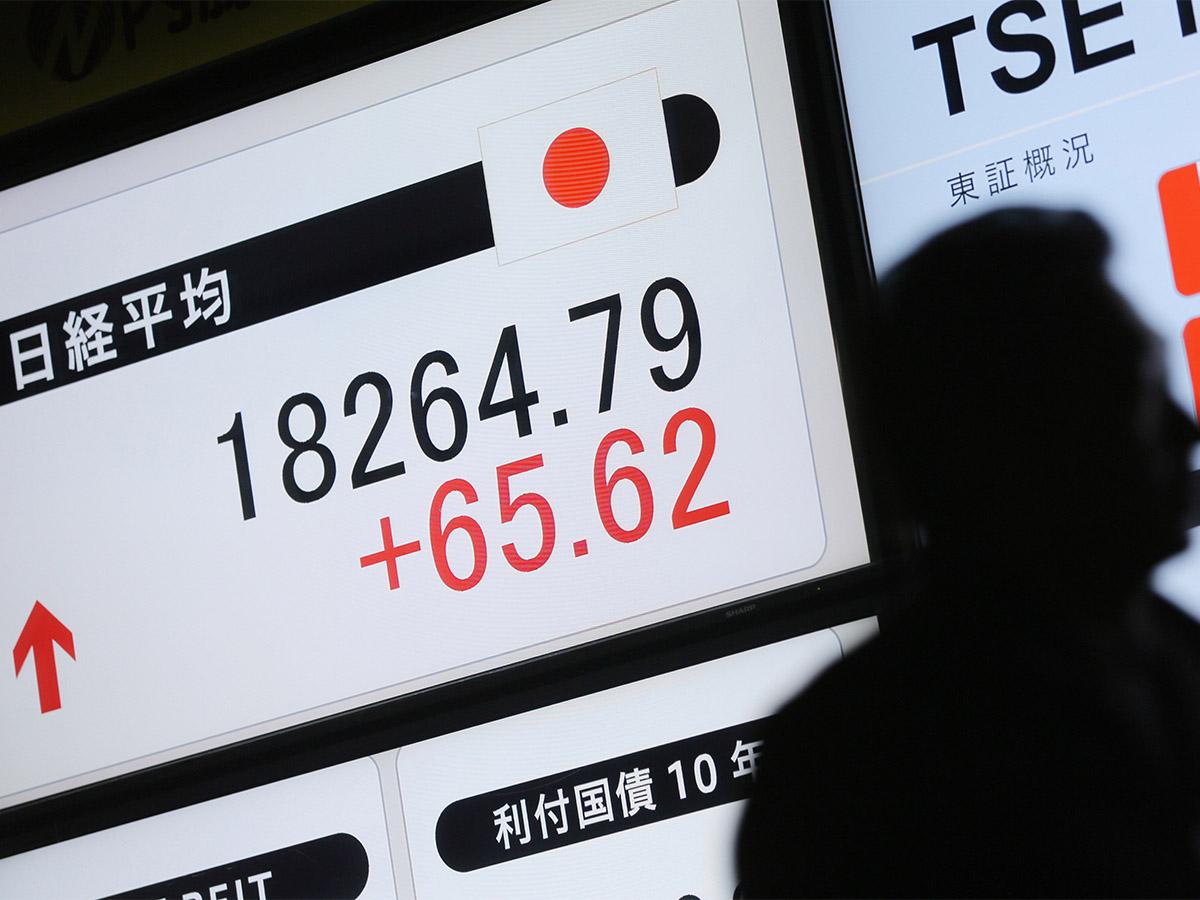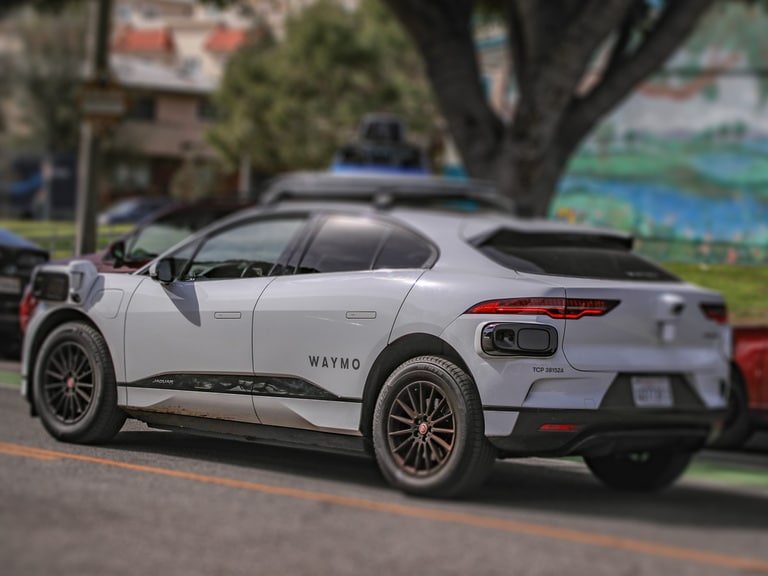Japan’s benchmark stock index, the Nikkei 225, outperformed the majority of Asian markets in 2019 by gaining 20.3% from 4 January to 30 December 2019. These are the best year-end figures the index has produced in 29 years.
The index outshone Hong Kong’s Hang Seng market, which climbed by 10.5% within the same period, South Korea’s Kospi, which saw gains of 9.3% and was only narrowly outperformed by the Shanghai Composite, which topped Asian market performance with a 20.9% gain.
20.3%
Growth of Nikkei 225 in 2019
The Nikkei 225 benefitted from news of easing trade tensions between the US and China, climbing at its highest peak on 17 December after the nations agreed on a Phase One trade deal which included tariff relief. Earlier in December the Nikkei 225 was also boosted by the news that the Japanese government is preparing an economic stimulus package worth $120bn to support fragile growth.
So, why did the Nikkei 225 achieve such significant growth? And can the index continue to outperform the majority of Asian market peers in 2020?
Nikkei 225’s growth explained
Near the beginning of 2019, the Nikkei 225 was struggling as Japan’s economic growth slumped on account of the US-China trade war affecting the country’s exports. China and the US take in nearly 20% of Japan’s exports each and the index was feeling a very direct effect from the volatility.
Throughout the year, the Nikkei’s biggest drops occurred as tensions between the US and China increased. At the start of June, when China increased tariffs on $60bn worth of US goods, the Nikkei 225 fell by 3% from 30 May to 4 June. The index reached one of its lowest points of 2019 in August as US president Donald Trump went from saying he had “second thoughts” about the tariffs he levied against China, to saying his only regret is not to have imposed even higher tariffs. Naturally, when tensions eased, the Nikkei 225 shot up.
20%
Each taken by the US and China of Japan's exports
On a macro level, Japan’s respective stock market has struggled since an asset bubble burst in the early 1990s and hindered growth for near 30 years. The latest stimulus package is part of a wider initiative that Japan’s prime minister Shinzo Abe introduced in 2013.
The package (referred to as Abenomics) is a three-pronged approach where the government has printed money to boost inflation and make Japanese exports more attractive. It also increased government spending to stimulate demand and consumption, and introduced structural reforms to make the country’s companies more competitive. If the Nikkei 225’s recent performance is anything to go by, then these initiatives are starting to prove their impact.
Outlook: Olympics set to provide boost
Japanese analysts are positive that the nation’s markets can continue to perform in 2020, according to CNBC. Reasons for a rosy outlook include the improving trade relations between the US and China –with both nations having now signed the Phase One deal – and the upcoming Tokyo Olympics in July of this year, which are both expected to stimulate its markets.
Naoya Oshikubo, senior economist at Sumitomo Mitsui Trust Asset Management (SMTAM), believes that the Olympics will provide an economic boost of $300bn due to an increase in tourism.
“Among the sectors which are due to benefit from this global sporting event are manufacturing, in particular companies producing electrical equipment such as TVs, as well as the leisure sector with companies in the fitness business (i.e. gyms), dining services and hotels expected to reap great rewards,” Oshikubo told CNBC.
“Among the sectors which are due to benefit from this global sporting event are manufacturing, in particular companies producing electrical equipment such as TVs, as well as the leisure sector with companies in the fitness business (i.e. gyms), dining services and hotels expected to reap great rewards” - senior economist at SMTAM, Naoya Oshikubo
SMTAM predicts that the Nikkei 225 could reach JPY27,000 by the end of 2020, a 13% increase on its current price of JPY23,850.57 as of 10 January.
Nikkei 225’s top-performing stocks
Technology companies pushing 5G will see this biggest gains in 2020, according to Fidelity International. Advantest Corp, a manufacturer of maintenance equipment for fibre optic and wireless communication, gained by 178% in 2019.
178%
Growth of Advantest Corp in 2019
Tech companies are generally set to see the positive impact in Japanese markets, according to Fidelity. Another Nikkei 225 top pick from the fund is industrial boiler manufacturer Miura, which saw its share price climb 56% in 2019, and has witnessed a further 3.2% growth this year up to 17 January.
56%
Growth of Miura Co in 2019
Elsewhere, commercial electronics company Casio Computer was up by nearly 70% in 2019 and climbed by 3.5% this year, up to 17 January.
70%
Growth of Casio Computer in 2019
What’s the downside?
Global volatility tends to weigh the Nikkei 225 down, which means that 2020 may still prove difficult for the index. Although trade talks are improving, a sudden breakdown could wipe out the gains it has seen over the past three months.
Evidence of this was seen following the recent tension between the US and Iran following the US drone strike that killed Iranian military commander Qasem Soleimani. The ripple from this key geopolitical event was felt by markets across the world and the Nikkei 225 was no different, losing 2% when it opened for the first time this year on 6 January. Like its counterparts in the US and Asia, however, the effect was not felt for long, and the index has recovered much of the losses it made since the end of 2019.
Disclaimer Past performance is not a reliable indicator of future results.
CMC Markets is an execution-only service provider. The material (whether or not it states any opinions) is for general information purposes only, and does not take into account your personal circumstances or objectives. Nothing in this material is (or should be considered to be) financial, investment or other advice on which reliance should be placed. No opinion given in the material constitutes a recommendation by CMC Markets or the author that any particular investment, security, transaction or investment strategy is suitable for any specific person.
The material has not been prepared in accordance with legal requirements designed to promote the independence of investment research. Although we are not specifically prevented from dealing before providing this material, we do not seek to take advantage of the material prior to its dissemination.
CMC Markets does not endorse or offer opinion on the trading strategies used by the author. Their trading strategies do not guarantee any return and CMC Markets shall not be held responsible for any loss that you may incur, either directly or indirectly, arising from any investment based on any information contained herein.
*Tax treatment depends on individual circumstances and can change or may differ in a jurisdiction other than the UK.
Continue reading for FREE
- Includes free newsletter updates, unsubscribe anytime. Privacy policy





